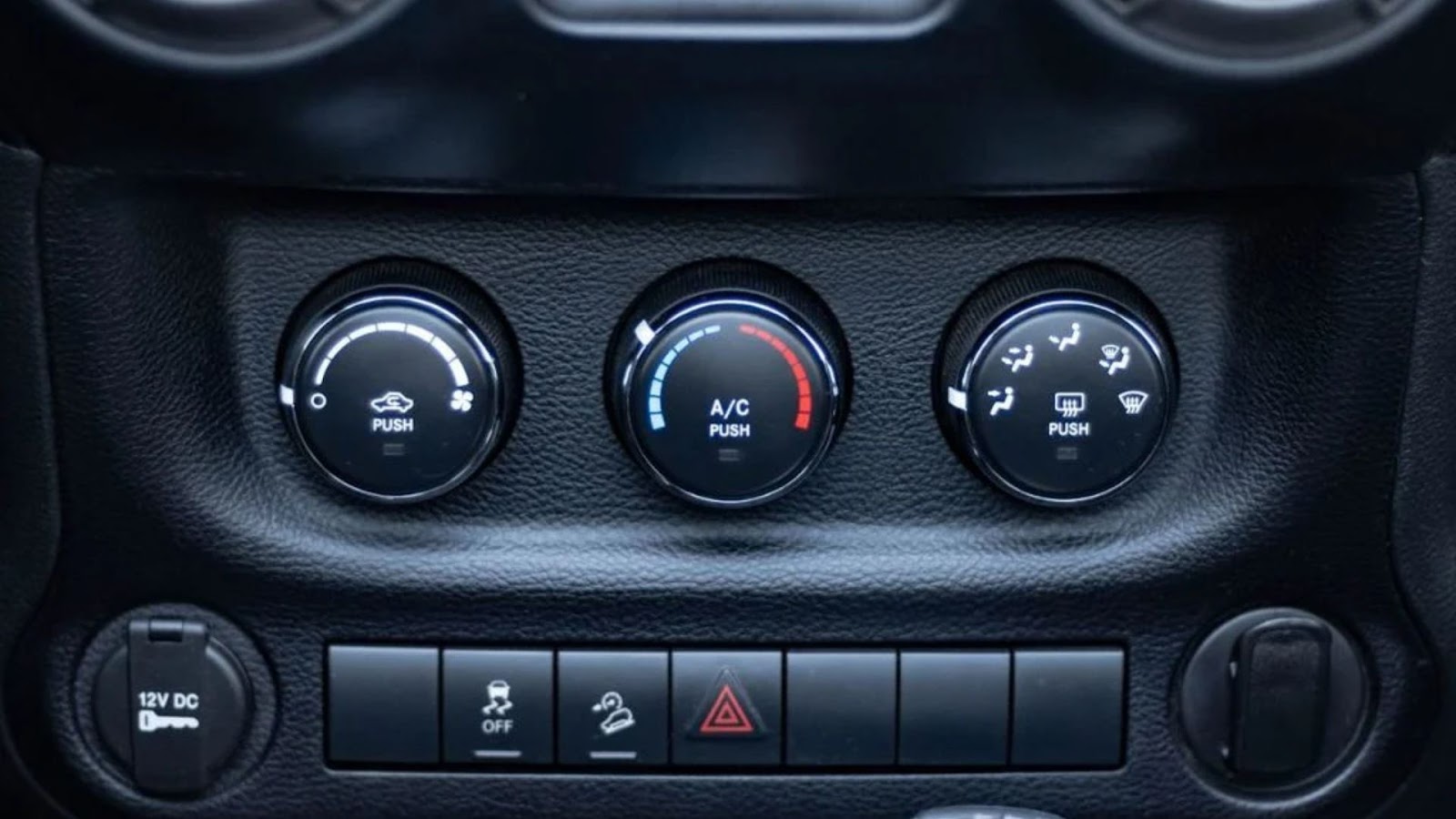As a Jeep owner, you might have experienced a situation where your vehicle's heater stops working, especially when you need it the most during those cold winter months. A malfunctioning heater can make your driving experience unbearable, not to mention the potential dangers it can pose when your windows fog up due to a lack of defrosting. This article will discuss various causes of a non-functional Jeep heater and offer troubleshooting tips to help you identify the problem and, if possible, fix it yourself.
1.Heater Blower Motor / Resistor
The heater blower motor and resistor are responsible for controlling the speed of the fan that pushes warm air through the vents. If either component fails, the heater might not work at all or only operate at certain speeds. You can check the blower motor by connecting it directly to the battery; if it doesn't spin, it needs replacement. The resistor, on the other hand, can be tested using a multimeter. If it shows an open circuit, it's time to replace the resistor.
2.Insufficient Coolant
The coolant in your Jeep is responsible for absorbing heat from the engine and transferring it to the heater core, which then warms the air blown into the cabin. If your coolant level is too low, there won't be enough heat transfer, resulting in a weak or non-existent heater. Check the coolant level in the reservoir and add more if necessary, ensuring you use the correct coolant type as specified by the manufacturer.

3.Blend Door Actuator Failure
The blend door actuator is an electronic device that controls the opening and closing of the blend door, which mixes warm and cold air to achieve the desired temperature. If this component fails, it can cause your heater to blow cold air or not function at all. Diagnosing a faulty blend door actuator typically involves accessing it and testing its operation using a scan tool or manually moving the blend door to see if the temperature changes. If you want to modify your Wrangler, LED Factory Mart offers huge selections and great price
4.Dysfunctional Thermostat
The thermostat controls the flow of coolant through the engine and heater core. A malfunctioning thermostat can remain stuck open or closed, preventing the coolant from reaching the proper operating temperature or circulating through the heater core. To diagnose a faulty thermostat, check the temperature of the upper radiator hose. If it doesn't get hot after the engine has warmed up, the thermostat might be stuck closed and needs replacement.
5.Water Leaks
Water leaks can occur in various components of the cooling system, such as hoses, the radiator, or heater cores. If your heater isn't working, inspect the cooling system for any signs of leakage, including coolant puddles under the vehicle or a sweet, syrupy smell inside the cabin. Repairing any leaks is crucial to ensure proper heater functionality.

6.Contaminated Coolant
Over time, coolant can become contaminated with rust, debris, or other foreign materials. These contaminants can clog the heater core, preventing the proper flow of coolant and reducing the efficiency of the heater. Flushing the coolant system and refilling it with fresh coolant can help resolve this issue.
7.Water Pump Issues
The water pump circulates coolant throughout the engine and heater core. If it's not functioning correctly, it can lead to insufficient coolant flow and a non-working heater. Symptoms of a failing water pump include coolant leaks, engine overheating, or whining noise coming from the pump. If you suspect a water pump issue, consult a professional mechanic for further diagnosis and repair.
8.Melty Blower Switch
The blower switch controls the fan speed of the heater. Over time, the contacts in the switch can wear out or become damaged, leading to a malfunctioning heater. If you notice that your heater only works at certain fan speeds,the blower switch may be at fault. Inspect the switch for any signs of melting, burning, or damaged contacts. If you find any issues, replace the blower switch.
9.Clogged or Defective Heating Controls
The heating controls, including the temperature selector and fan speed switch, can become clogged with dirt, debris, or even spilled liquids, causing them to malfunction. Gently clean the controls with a soft cloth and a mild cleaning solution. If cleaning doesn't resolve the issue, the controls may be defective and require replacement.
10.Faulty Blower Motor or Resistor
As mentioned earlier, the blower motor and resistor work together to control the fan speed of the heater. If the blower motor or resistor is faulty, the heater may not work at all or only function at certain speeds. Check the blower motor and resistor as described in section 1 and replace them if necessary.
11.Obstructed Vents
Debris, such as leaves or dirt, can accumulate in the air vents, restricting airflow and reducing the efficiency of the heater. Inspect the vents for any obstructions and clean them out using a vacuum cleaner or a soft brush.
12.Dirty Air Filters
The cabin air filter is responsible for filtering the air entering your vehicle through the heating and air conditioning system. Over time, this filter can become clogged with dirt and debris, restricting airflow and causing the heater to work inefficiently. Check the cabin air filter and replace it if it appears dirty or clogged.
13.Bad Casting Process
In rare cases, issues with the casting process of the heater core or other cooling system components can lead to leaks or blockages, resulting in a malfunctioning heater. If you've exhausted all other troubleshooting options and your heater still isn't working, consult a professional mechanic who can inspect the cooling system components for any defects caused by poor casting.
Conclusion
A malfunctioning heater in your Jeep can not only make your drive uncomfortable but can also pose safety risks, such as fogged-up windows. By understanding the common causes of heater issues and using the troubleshooting tips provided in this article, you can identify the problem and possibly fix it yourself. However, if you are unsure or uncomfortable performing any of these tasks, it's always best to consult a professional mechanic for assistance.


